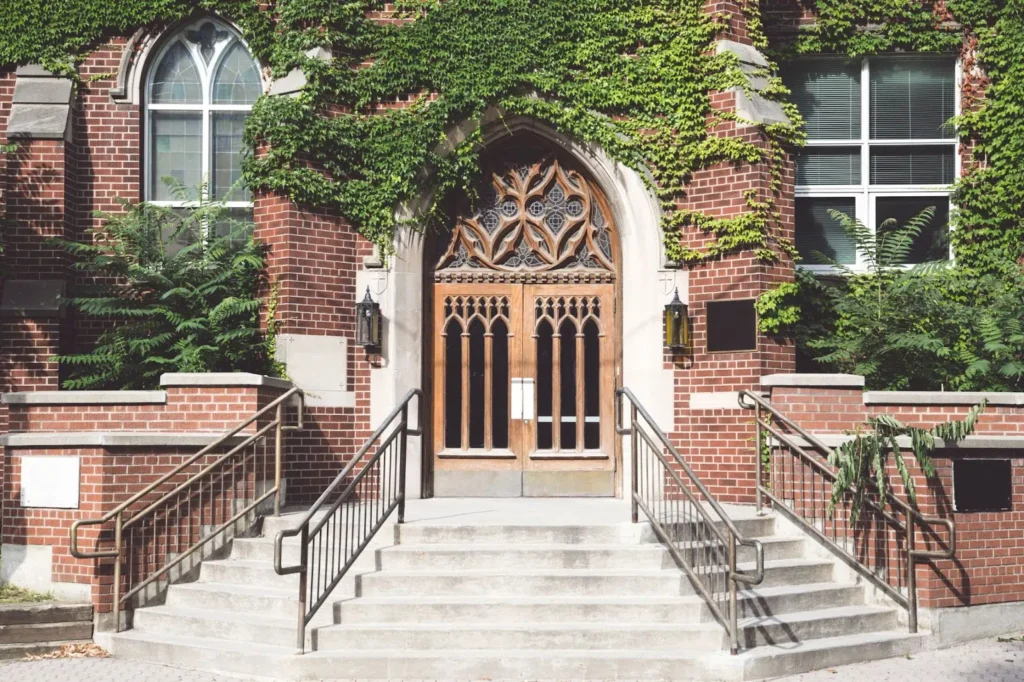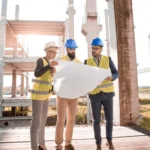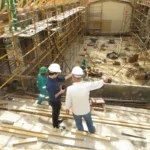Embracing sustainable practices in church construction not only benefits the environment but also aligns with the principles of stewardship and responsible resource management. Incorporating eco-friendly building materials and energy-efficient design considerations can have a lasting positive impact on the church and the surrounding community.
When it comes to sustainability in church construction, there are numerous factors to consider beyond just the materials and design. For example, the construction process itself can be optimized to reduce waste and minimize carbon emissions. Utilizing construction techniques that prioritize efficiency and waste reduction can further enhance the eco-friendliness of the project.
Eco-friendly Building Materials
Using eco-friendly building materials, such as reclaimed wood, recycled materials, and sustainable insulation options, reduces the environmental impact of the construction process. These choices not only preserve natural resources but also contribute to the overall aesthetic appeal of the church building.
Additionally, incorporating green building certifications, such as LEED (Leadership in Energy and Environmental Design), can provide formal recognition of the church’s commitment to sustainability. Achieving certification can demonstrate to the congregation and the community at large that the church is dedicated to environmental responsibility and stewardship.
Using eco-friendly building materials, such as reclaimed wood, recycled materials, and sustainable insulation options, reduces the environmental impact of the construction process. These choices not only preserve natural resources but also contribute to the overall aesthetic appeal of the church building.
Additionally, incorporating green building certifications, such as LEED (Leadership in Energy and Environmental Design), can provide formal recognition of the church’s commitment to sustainability. Achieving certification can demonstrate to the congregation and the community at large that the church is dedicated to environmental responsibility and stewardship. Buildings with LEED certification tend to be more appealing to potential tenants and buyers, often resulting in higher rental rates and sale prices compared to conventional buildings, sometimes even reaching a premium of up to 20%, highlighting a rising interest in sustainable building practices.
Energy-efficient Design Considerations
Designing a church building with energy efficiency in mind can significantly reduce operational costs and minimize the impact on the environment. Incorporating features such as energy-efficient lighting, insulation, and HVAC systems can create a comfortable and sustainable worship environment.
Furthermore, integrating renewable energy sources, such as solar panels or geothermal heating systems, can further enhance the church’s sustainability profile. By generating clean energy on-site, the church can reduce its reliance on traditional power sources and lower its carbon footprint over the long term.
Designing a church building with energy efficiency can lead to operational savings of about 30% compared to conventional designs. This is primarily achieved by incorporating energy-efficient features like LED lighting, high-performance insulation, and modern HVAC systems
Moreover, utilizing renewable energy sources such as solar panels can further enhance these savings. For instance, churches that install solar energy systems can reduce their energy costs significantly, sometimes by as much as 80% over time.This not only lowers operational expenses but also helps to decrease the building’s overall carbon footprint.









